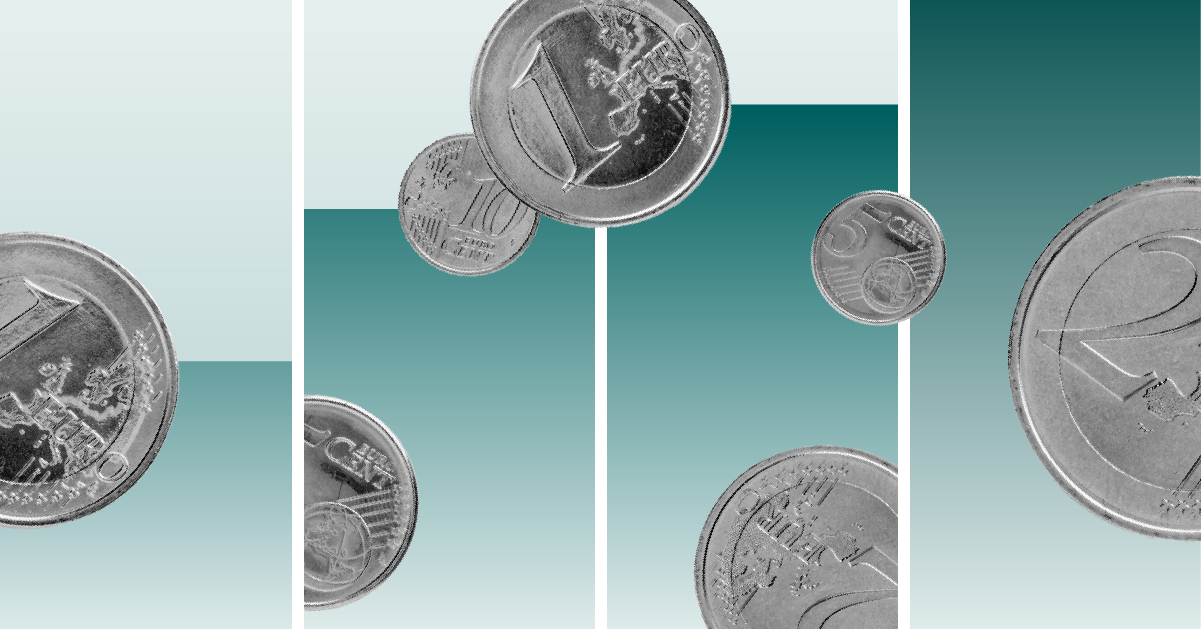
Eurozone inflation is forecast to have ticked up again in October, but markets are still expecting another interest rate cut by the European Central Bank at the next meeting on Dec. 12.
According to FactSet consensus, CPI inflation is forecast to be 1.9% higher than October 2023 levels, above the previous month, which saw a price increase of 1.7% year on year. This would leave the headline rate of inflation still below the 2% target. Flash figures are released on Oct. 31.
Core inflation, which shows prices without energy and food costs, is expected to have risen by 2.6% in October, slightly lower than September’s 2.7% reading.
“After the unexpected fall to 1.7% in September, headline inflation is expected to rebound to 1.9% in October,” says Michael Field, European market strategist at Morningstar.
“Perversely this slightly upward move in inflation is likely to be well received by the market, with questions being raised last month as to whether the European Central Bank has been too slow in cutting rates, and worse, whether we are entering a deflationary environment.”
Core inflation is higher than the targeted inflation level, but as Field explains, this number has been expected to take longer to fall than the headline rate.
In September 2024, the greatest contributors to the annual euro area inflation rate (HICP) were services (+1.76 percentage points, pp), followed by food, alcohol & tobacco (+0.47 pp), non-energy industrial goods (+0.12 pp) and energy (-0.60 pp).
Why Is Inflation Expected to Rise in October?
An increase in inflation should not come as a surprise to markets. In its release after October’s meeting, the European Central Bank stated that prices were “expected to rise in the coming months, before declining to target in the course of next year”.
The ECB stressed that one of the main reasons is the increase in wages. However, upward pressure on pay is expected to ease gradually.
Martin Wolburg, senior economist di Generali Investments, expects labor market cooling will “keep a lid on wage increases” in the fourth quarter.
Although headline inflation is expected to rise in October, it remains below the ECB’s 2% target. By contrast, core inflation remains high, but Goldman Sachs forecasts a slowdown into the end of the year.
“We expect euro area core HICP inflation to decrease slightly to 2.65% year on year in October compared with 2.67% in September,”, analysts said in a note on Oct. 27.
“Our new month-on-month core inflation forecast is a touch higher in October and November—on stronger package holidays and catering assumptions—but notably lower in December. Our year-over-year core inflation forecast therefore stands at 2.49% in December, 0.1pp lower than previously and at 2.6% in Q4, 0.3pp below the ECB September staff projections,” they said in a previous note on October 24.
Will the ECB Cut Interest Rates in December?
At the last monetary policy meeting, ECB President Christine Lagarde said that the disinflation process is “well on track”, but the central bank’s policymakers are also acknowledging downside risks to economic growth in the eurozone.
“Weakness in Germany and the likely negative impact on growth from austerity measures to be implemented by large countries such as France and Italy comfort the ECB and analysts in their scenario of disinflation toward the 2% structural target,” said Filippo Casagrande, chief investment steering & sustainability officer at Generali Investments.
The ECB cut its key deposit facility rate by 0.25 percentage points to 3.25% on Oct. 17 and a further interest rate cut in December is also considered a done deal among 90% of economists polled by Reuters on Oct. 8, and money markets are pricing in reductions another 0.25 percentage points in December. However, markets are speculating on a bigger and faster interest cuts amid weakening economic growth.
“With inflation seemingly settling at or around where we need it to be, and unemployment stable, the ECB should be reaffirmed in its course of action. Expectations were for one more cut before the end of 2024, something that is very achievable given the data,” says Field.
“For December, the market is discounting 35 basis points of cuts, meaning analysts are undecided between a 25 or 50 basis point cut at the last meeting of the year. For late 2025, the market continues to see cuts up to the 1.9 percent area, with already five cumulative cuts expected by mid-2025,” said Casagrande.
The author or authors do not own shares in any securities mentioned in this article. Find out about Morningstar's editorial policies.
























